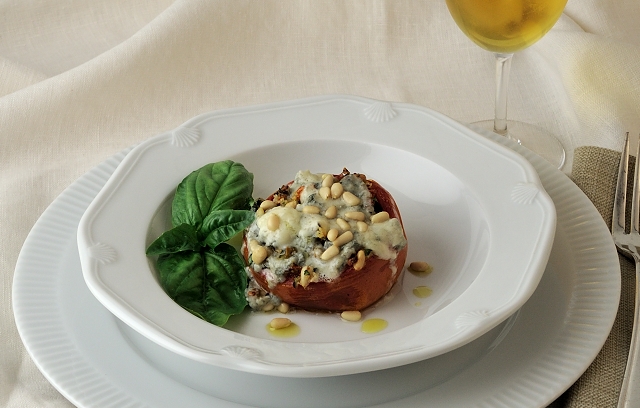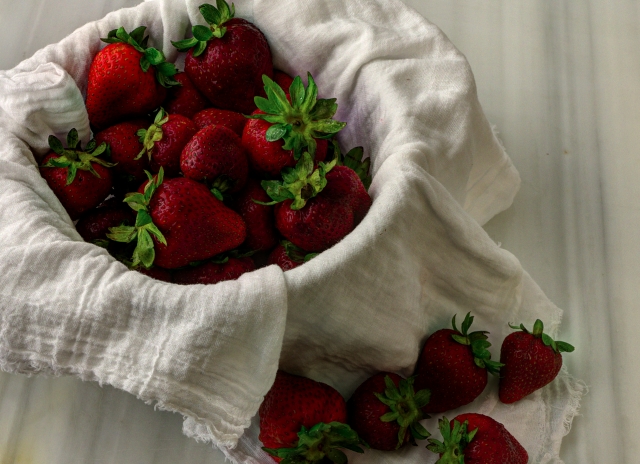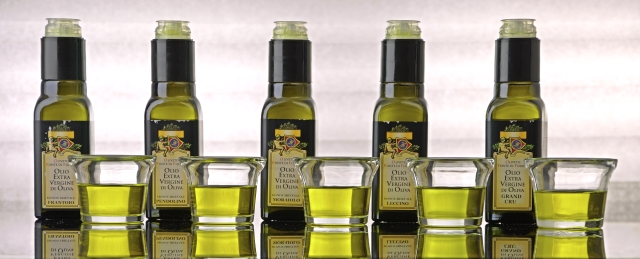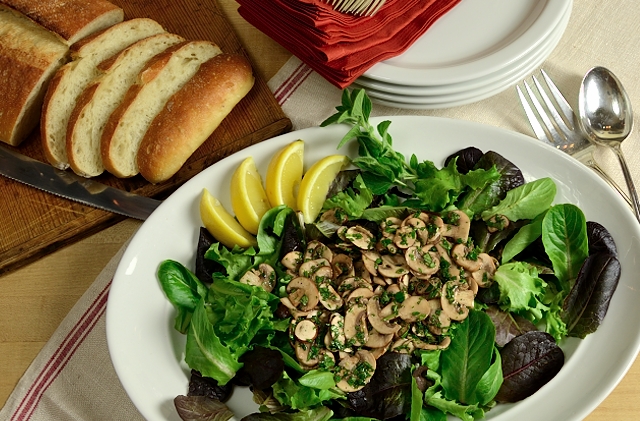Eggplant with Roasted Tomatoes, Baked Ricotta and Herbs

Man has cultivated the olive tree for thousands of years. The Roman Empire depended on olive oil for everything from perfumes and personal hygiene to cooking and lighting.
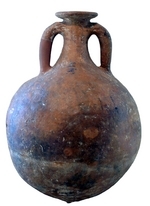
Courtesy: Nacional Arqueològic de Tarragona (Dottsa Pilar Sada) David Williams
Rome’s oil came from the far flung parts of the Empire, and the terra cotta containers that held it, known as
amphorae, were inscribed with
tituli picti, markings that certified the oil’s place of origin, owner, weight and other particulars. The Romans knew where their oil came from and you should too. How can the average consumer, inexpert at discerning the quality of oil he or she is purchasing, get good oil? I have said it before. Either know your grower or know your seller. Fortunately for me, I know both. Among a box of oils I received for review from Olio2go, one of the country’s largest sellers of Italian extra virgin olive oil was a tin of liquid gold, Pace da Poggio Etrusco Extra Virgin Olive Oil made by Pamela Sheldon Johns.
Pamela is a well known food writer, cookbook author, and cooking teacher. With her husband, artist Johnny Johns she operates Poggio Etrusco bed and breakfast and working farm in Montepulciano, Tuscany. On her organic certified farm property she grows the Moraiolo, Leccino, Correggiolo, and Pendolino olives that go into the oil. In November it is time for la raccolta delle olive, the olive harvest, when Pamela, her family and crew, and even guests, pick the fruit (yes, olives are fruit) entirely by hand. The careful harvesting, free of rakes and machines, assures that the fruit reaches the frantoio, the olive pressing mill, unbruised and in good condition, resulting in a pure, fresh tasting oil. Pamela’s hands on approach to the manufacture of her oil is a mixture of science, hard work, and respect for tradition and the earth. Read more… »
